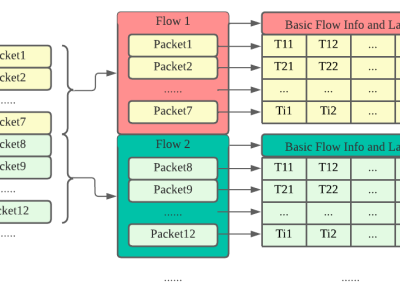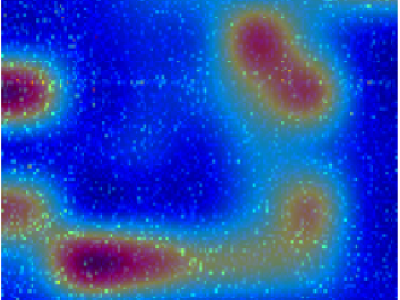
We employed a case study research approach to gather the factors for troubled software projects from the existing literature to generate an innovative dataset. A comprehensive dataset that serves as a foundational reference for future investigations. We extracted incidents from case study data, generated open codes, and organized these open codes into 18 problem categories and 27 solution categories. The mapping between open codes, axial codes and phases is documented in dataset. The codes encapsulate the behavioral patterns or actions of a team that initiate or cause
- Categories:








